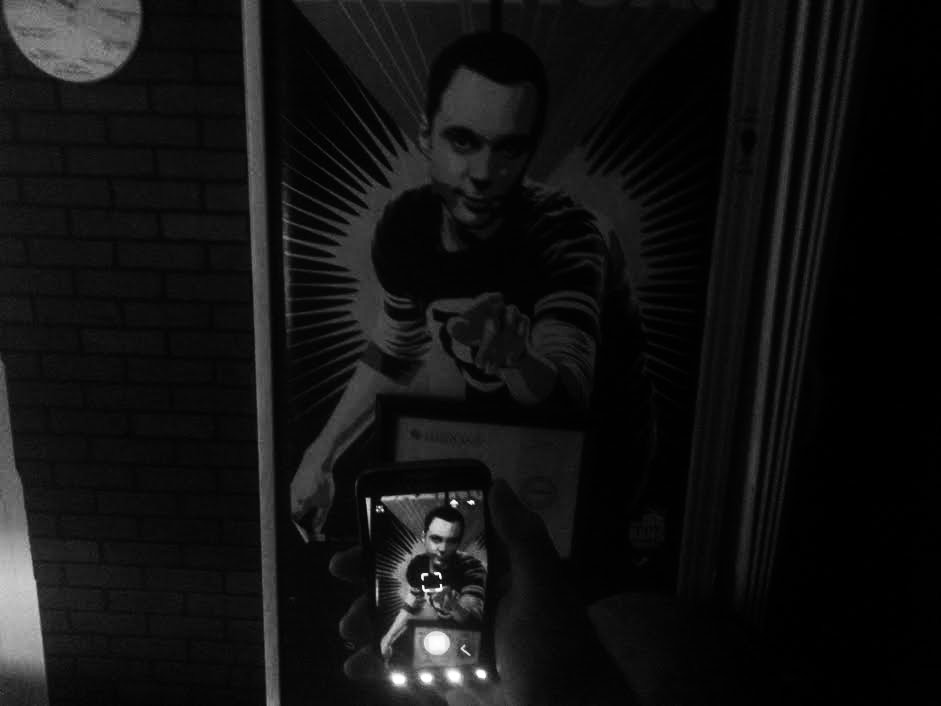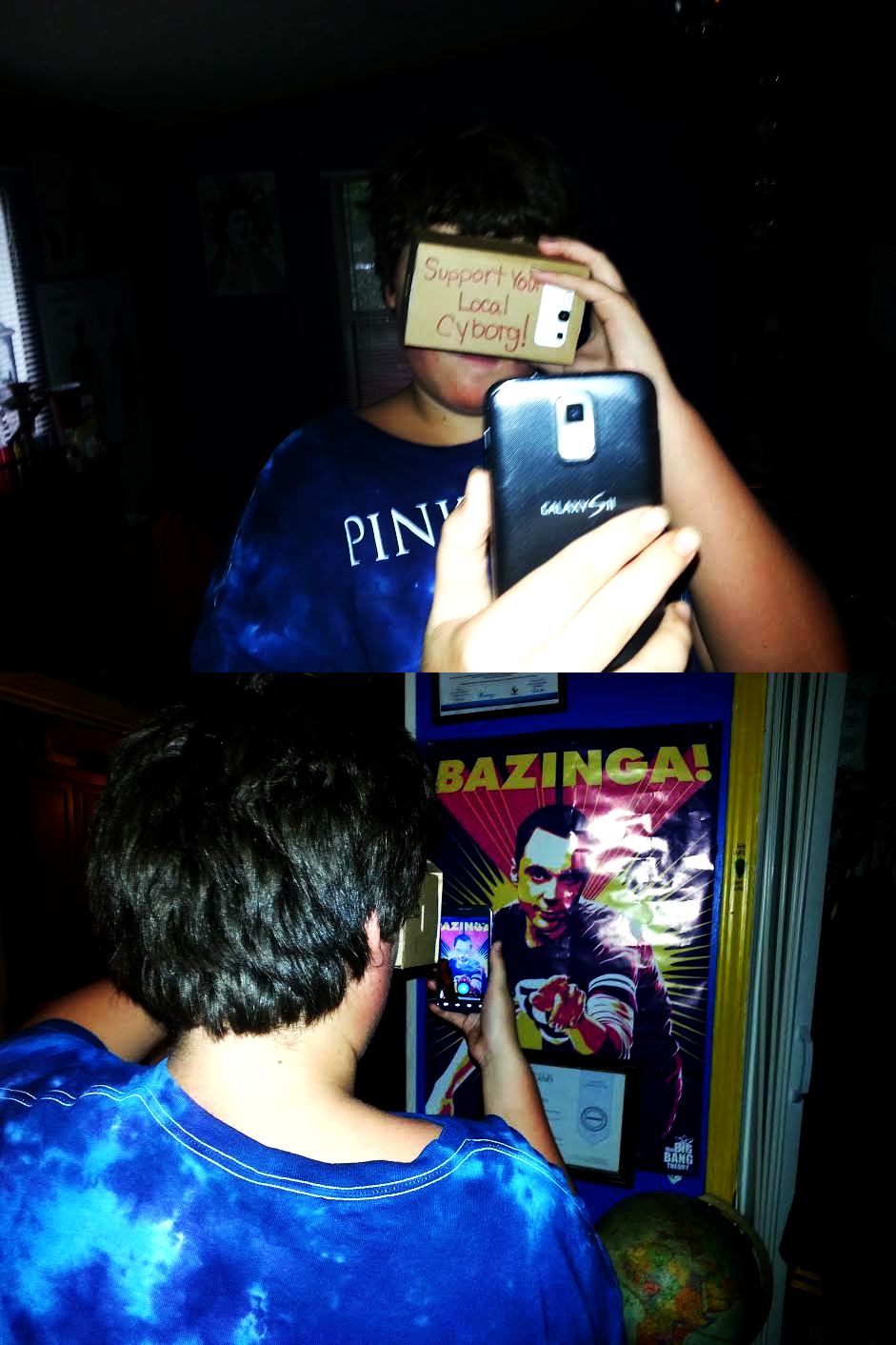
Earlier today, on September 4, 2014, I decided to conduct a science experiment using items no more than $300. The experiment was done to replace the ability to see colors for the ability to hear colors. And yes, if you’re as deep into the worlds of science and technology as much as I am, then you’d know this was already achieved by UK cyborg citizen Neil Harbisson.
Who is Neil Harbisson? Harbisson is, first and foremost, the first officially recognized cyborg in the world. Unfortunately, he was born with complete achromatopsia, which prevents him from seeing any colors other than those within the grayscale (shades of gray, with black and white). To help him transcend his condition, he engineered a cyborg antenna, known as the “Eyeborg,” and was able to convince an anonymous surgeon to surgically attach the antenna to the back of his head.
As a result, this antenna helps translate color frequencies, which are nothing more than the frequencies of electromagnetic waves, into sound frequencies. These sound frequencies can then be heard via bone conduction – the conduction of sound to the inner ear through the skull. Where most people see the difference in colors, Harbisson instead hears the difference. Which is why I’ve labeled this experiment of mine as the “Neil Harbisson Effect.”
What items were involved in this experiment?
- 1 Samsung Galaxy S3;
- 1 Samsung Galaxy S2;
- 2 different apps (Glitcher VR and Eyeborg); and
- Google Cardboard
Each item was =/< $300, and easily assembled together. First off, I downloaded the “Glitcher VR” app to the Galaxy S3 and then attached the S3 into the Google Cardboard virtual reality device. And then secondly, I downloaded the “Eyeborg” app to the S2, which was developed by Neil Harbisson and Adam Montandon in 2004.
The “Glitcher VR” app, when used with the Google Cardboard, allows people to see everything they’d normally see without the VR device, only this time in black and white (among other filters, I might add), i.e. to provide an effect similar to those who suffer from achromatopsia. Whereas the “Eyeborg” app helps translate color frequencies into sound frequencies, similar to Neil Harbisson’s cyborg antenna.

This is what my brother, C.J. Bridgeman, saw when using both Google Cardboard’s “Glitcher VR” app and the “Eyeborg” app to translate colors into sound. (Credit: B.J. Murphy)
To help conduct this experiment I decided to use my little brother, C.J. Bridgeman (who is only 14, fyi), as my guinea pig. I attached the Google Cardboard on his face and turned on the “Glitcher VR” app. Immediately everything went black and white (sort of, it still picked up red colors unfortunately). I told him to look around the house and try to differentiate all the colors as best as possible. To put it as mildly as possible, he failed. And of course he would, seeing as how everything was black and white.
I then handed him the Galaxy S2 with the downloaded “Eyeborg” app turned on. Immediately the “Eyeborg” app started translating color frequencies into sound frequencies. Various orchestras of low-tempo and high-tempo noise could be heard from the S2. As I guided him, I told him to listen carefully at each frequency given and then informed him which color that sound frequency was translating. After giving him the basic gist of colors and their sound frequencies, I had him to roam the house again and to try to differentiate the colors as best as possible. After using it for only a few minutes, he was able to successfully differentiate most colors apart.
After the experiment was over, I then told my brother what its purpose was for, who Neil Harbisson was, and what made him so unique. When I mentioned to him that there are some people in the world who think Harbisson and what he stands for is both weird and “unnatural,” my brother then responded: “I think he’s really cool!”
A cyborg in the making! ^_^

My brother, C.J. Bridgeman, using the “Eyeborg” app to translate the color frequencies of a Sheldon Cooper “Bazinga!” poster into sound frequencies, while wearing the Google Cardboard device. (Credit: B.J. Murphy)
 B.J. Murphy
B.J. Murphy
Discussions
Become a Hackaday.io Member
Create an account to leave a comment. Already have an account? Log In.